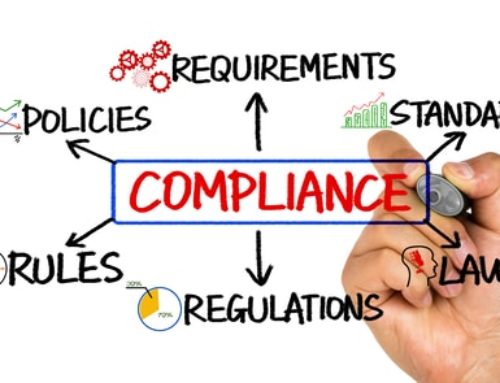Years ago, progress was made to standardize insurance policy language. Most insurance carriers have since modified their policy language to conform to the standard language. These efforts created the organizations of Insurance Service Office (ISO), the National Council on Compensation Insurance (NCCI), the American Association of Insurance Services (AAIS), and others. These organizations are recognized as the author o customary insurance policy language. Additionally, they set the standard of ratemaking and administrative rules.
A business owner will probably find the name ISO somewhere on their insurance contracts, particularly on Property, Automobile, and General Liability insurance policies. They may also observe the name NCCI on Workers Compensation policies as well as rates, rules, and experience modification documents. The role of both ISO and NCCI is to file policy language with most state’s Department of Insurance for approval, as well as help set the rates or loss costs for a given business or classification. The Surety Association of America provides rating and data on Fidelity and Surety Bonds.
Endorsement to Basic Coverage
A modification of the basic coverage form is called an “endorsement.” Whether the coverage is Property or Casualty insurance, an endorsement is a method that changes the meaning of the insurance coverage as written in the standard form of the coverage. Beware though, an “endorsement” could be an enhancement, a restriction, a warranty, or even worse—an exclusion.
Exclusions and Limitations
My father always said, “what the big print giveth, the small print taketh away.” There are many reasons why there are limitations and exclusions in insurance policies. Insurance policies are written with exclusions and limitations, not to penalize the policyholder, but to make clear to the policyholder what the insurance company intends to do, or not do, in the event of an occurrence. It is my hope that these guides will make you aware of some of those limitations and at least to know what to look for.
The following sets forth reasons why insurance companies not only want to be clear what their policies cover, but to be equally clear what policies do not cover. Exclusions and limitations exist because some exposures are not even insurable or must be insured by a different form of coverage. For example:
- Damages to property that are certain to occur such as wear and tear, vermin, inherent vice, and the like are impossible to insure.
- Providing insurance on some occurrences and exposures would be against “public policy.” For example, insuring “poor workmanship” could lead to poor construction, and thereby endangering people and property. Virtually every form of insurance has exclusions that conforms to what is in the best interest of society. Beside the “poor workmanship” exclusion in a General Liability insurance policy, a Life insurance policy has a clause excluding coverage for a policyholder committing suicide (during the “contestability period”), a Property insurance policy denies a policyholder coverage for committing arson, and the Disability insurance policy does not allow benefits exceeding the policyholder’s income; otherwise, the insured may lose motivation to return to work.
- Some exposures could best be insured under a different type of policy. For example, the Commercial General Liability Policy excludes bodily injury to a worker because the contractor needs to cover that exposure under the state mandated Workers Compensation policy in the state in which the jurisdiction is applicable. The Property insurance excludes loss from dishonest acts of employees because this coverage must be underwritten through a Crime insurance Policy, after all, employees are entrusted to the property in which the property policy is covering.
Insurance is a product that you purchase and don’t think about until you need it. Sometimes when you need it, you are disappointed that your coverage does not do what you think it was supposed to do.
|
If you’d like to review your business or personal insurance, please call us at 423-763-1111. We hope to answer your questions and serve you!





